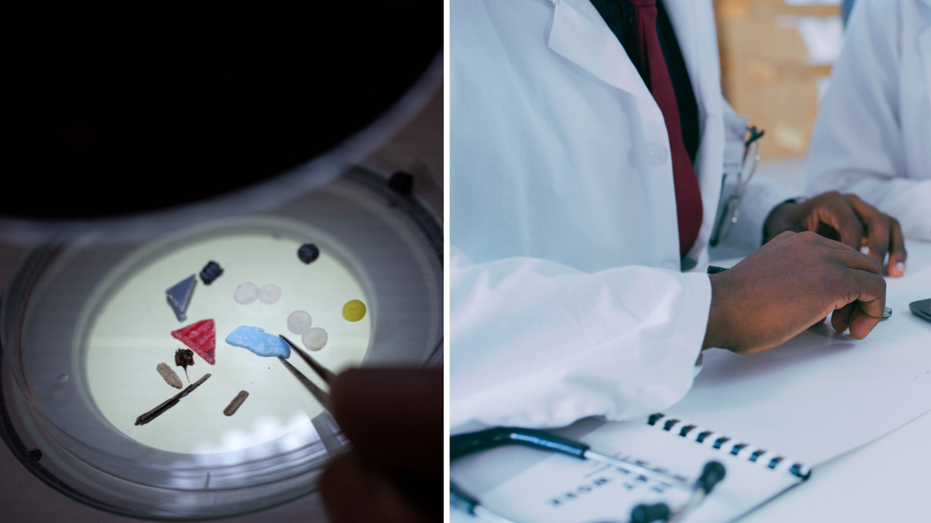
Two recently-published studies investigated how microplastics can find their way inside the organs of both humans and mice and what the potential impact can be.
Two new studies have described the ways in which tiny microplastics can end up in humans’ organs and even in the brains of mice.
One of the studies, published in Environmental Health Perspectives April 10, involved feeding healthy mice microplastics over a period of four to eight weeks. Scientists later found that various organs in the mice were contaminated.
“In mice that ingested microspheres, we detected polystyrene microspheres in distant tissues, including the brain, liver, and kidney,” the study’s results section states.
“Additionally, we report on the metabolic differences that occurred in the colon, liver, and brain, which showed differential responses that were dependent on concentration and type of microsphere exposure.”
SCIENTISTS REVEAL SIMPLE NEW PROCESS THAT MAY HELP ELIMINATE TOXIC CHEMICALS FROM EVERYDAY ITEMS
Another study published in the Journal of Hazardous Materials April 5 experimented on both humans and mice. Researchers found that patients under 50 years old had significantly higher toxic substances in their gallstones, which are hardened pieces of excess bile in the gallbladder. After being fed microplastics, the gallstones of the mice in the study formed at a faster rate.
“Our study revealed the presence of microplastics in human gallstones, showcasing their potential to aggravate chololithiasis by forming large cholesterol-microplastic heteroaggregates and altering the gut microbiota,” the paper stated.
The impacts of microplastics on humans is being investigated and has caused widespread concern, especially because most Americans have been exposed to them their entire lives. Dr. Janette Nesheiwat told Fox News Digital microplastics “are everywhere.”
‘FOREVER CHEMICALS’ FOUND IN US DRINKING WATER, MAP SHOWS ‘HOT SPOTS’ OF HIGHEST LEVELS
“We are consuming them unknowingly at unprecedented levels, ingesting them and inhaling them,” she explained. “Microplastics, especially at high levels, cause inflammation in the body.
“Any foreign body such as a microplastic can cause irritation and inflammation in the body, which can accumulate, disrupt normal cell function and lead to an increase in organ injury.”
Nesheiwat said microplastics have distinctly harmful effects depending on which organ they find their way to. To lower one’s microplastic intake, she recommends choosing glass over plastic products and choosing foods with lower microplastic contamination.
CLICK HERE TO SIGN UP FOR OUR HEALTH NEWSLETTER
“Microplastics can affect the liver by causing stress and inflammation and impairing liver function,” she said. “In the brain, it causes neuroinflammation and disrupts brain signaling.”
Fox News medical contributor Dr. Marc Siegel, however, told Fox News Digital the effects of microplastics on humans are still unknown.
“Though we need to track this, there is still no direct evidence that microplastics in cells lead to untoward health outcomes,” he explained. “This may be proven wrong as more accumulate, and I am certainly concerned about cancer risks from chemical spills or in contaminated water or areas where waste was poorly stored in the environment.
“At the same time, the greatest health risks still come from sedentary behavior, obesity, untreated high blood pressure, poor sleep and little exercise,” he added.



